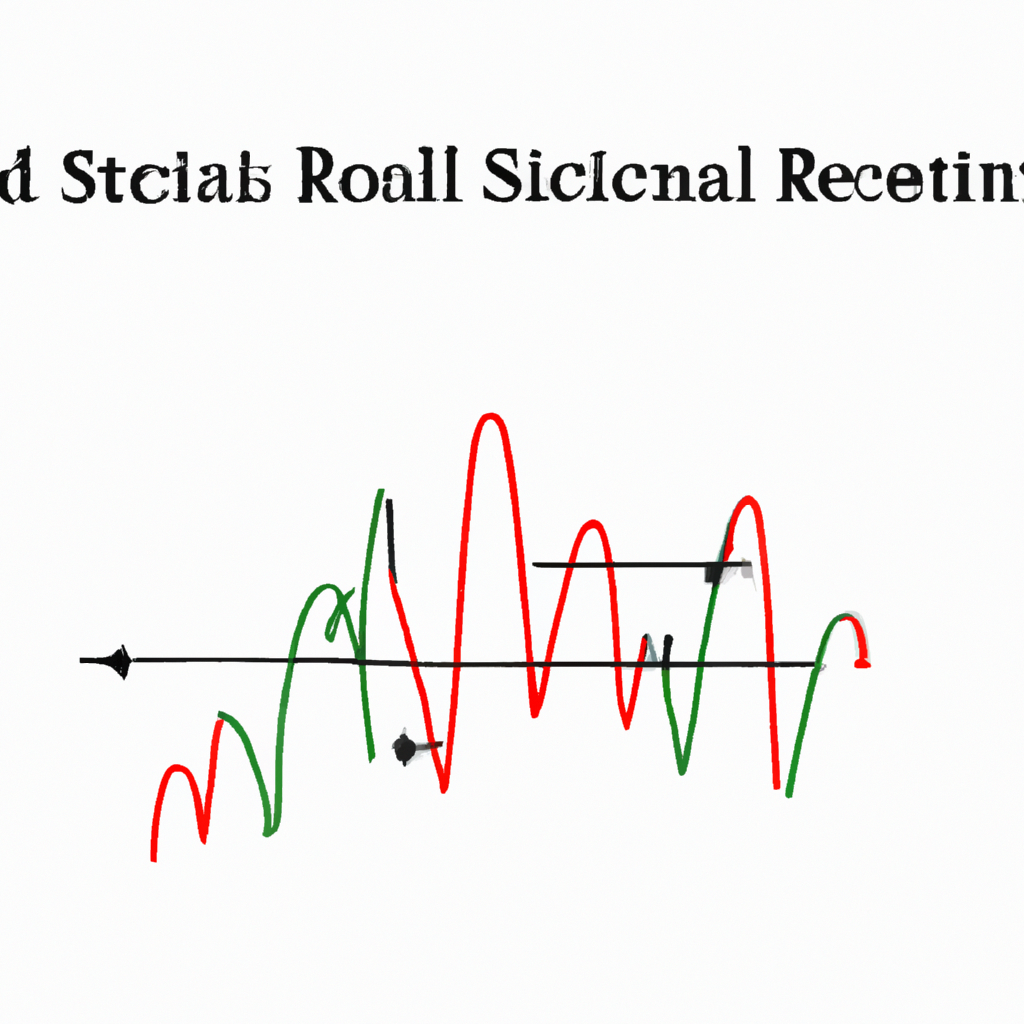RSI Oscillator Strategies: A Powerful Tool for Technical Analysis
When it comes to technical analysis in the world of trading, the Relative Strength Index (RSI) oscillator is a popular and powerful tool. Developed by J. Welles Wilder, the RSI oscillator helps traders identify overbought and oversold conditions in the market, providing valuable insights into potential trend reversals. In this article, we will explore some effective RSI oscillator strategies that can enhance your trading decisions.
1. RSI Divergence
One common strategy is to look for divergences between the RSI oscillator and the price action. Divergence occurs when the RSI is moving in the opposite direction of the price. For example, if the price is making higher highs, but the RSI is making lower highs, it indicates a potential trend reversal. Conversely, if the price is making lower lows, but the RSI is making higher lows, it suggests a bullish reversal may be imminent.
To implement this strategy, you can follow these steps:
- Identify a trend in the price action.
- Observe the RSI oscillator for any divergences.
- Confirm the divergence with other technical indicators or candlestick patterns.
- Consider taking a trade in the direction of the anticipated reversal.
2. RSI Overbought/Oversold Levels
Another popular strategy involves using the RSI oscillator to identify overbought and oversold levels. The RSI ranges from 0 to 100, with values above 70 indicating overbought conditions and values below 30 indicating oversold conditions. Traders can use these levels to anticipate potential price reversals.
To apply this strategy, follow these steps:
- Monitor the RSI oscillator for extreme readings above 70 or below 30.
- Wait for the RSI to cross back below 70 (from overbought) or above 30 (from oversold).
- Confirm the reversal signal with other technical indicators or chart patterns.
- Consider entering a trade in the direction opposite to the previous trend.
3. RSI Trendline Breaks
RSI trendline breaks can also provide valuable trading signals. By drawing trendlines on the RSI oscillator itself, traders can identify potential trend reversals. When the RSI breaks a trendline, it suggests a shift in the market sentiment.
Follow these steps to utilize this strategy:
- Draw trendlines on the RSI oscillator, connecting the highs and lows.
- Monitor the RSI for a break of the trendline.
- Confirm the trendline break with other technical indicators or price patterns.
- Consider taking a trade in the direction of the new trend indicated by the trendline break.
Conclusion
The RSI oscillator is a versatile tool that can greatly enhance your technical analysis skills. By utilizing strategies such as RSI divergence, overbought/oversold levels, and trendline breaks, traders can gain valuable insights into potential trend reversals. However, it’s important to remember that no strategy is foolproof, and risk management is crucial in trading. Experiment with these RSI oscillator strategies and adapt them to your trading style to improve your chances of success.
